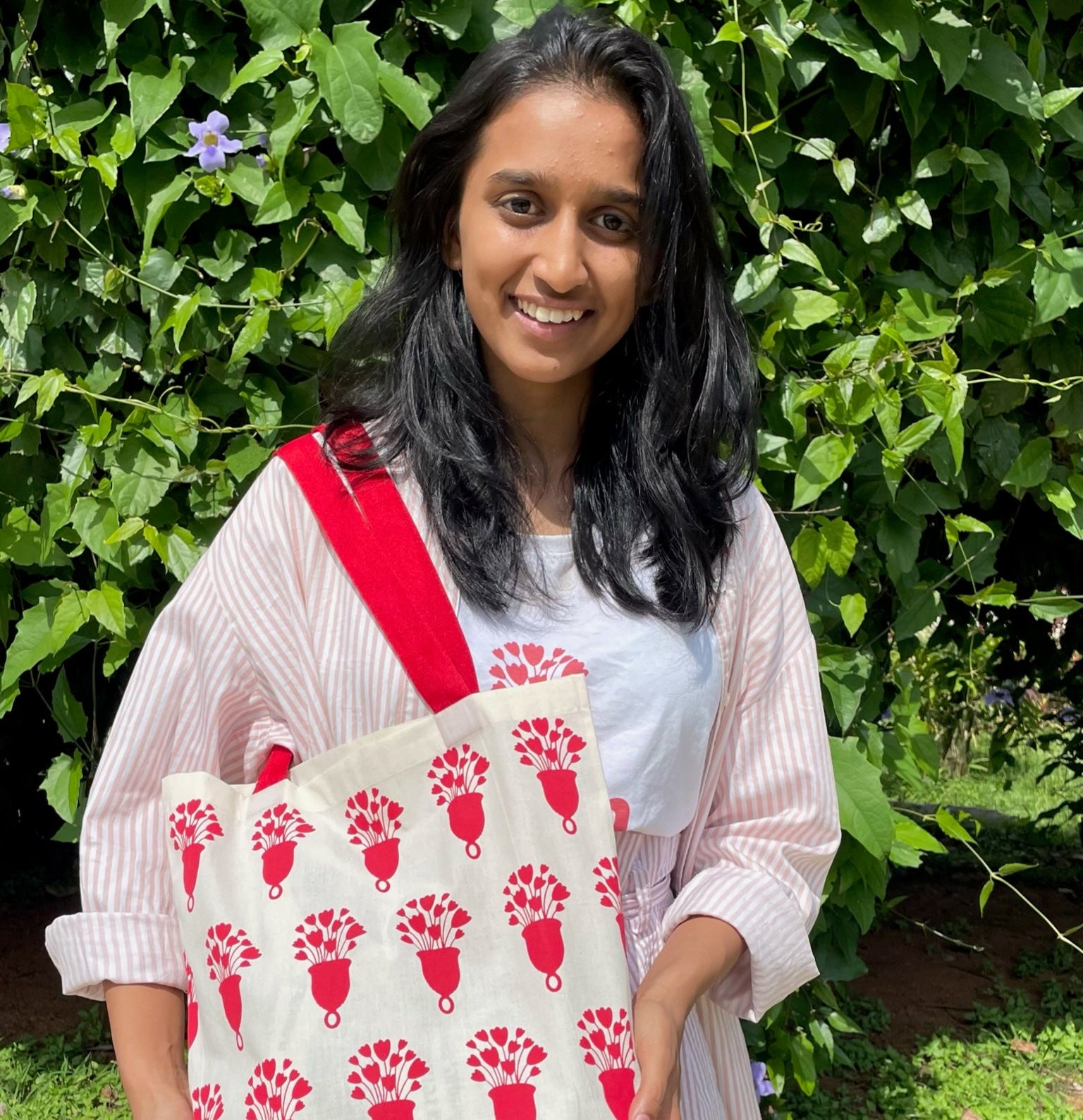In honour of plastic-free July, we are breaking down just how much plastic you actually reduce when you switch over to a menstrual cup.
How does plastic appear in tampons and pads?
The plastics used in pads and tampon applicators are made out of low-density polyethylene that requires energy-intensive processing. Tampons are wrapped in plastic, with plastic applicators and plastic strings dangling from one end, and many even include a thin layer of plastic in the absorbent part. Pads have even more plastic, from the leak-proof base to the synthetics that soak up fluid to the packaging.
What happens to these plastics when I throw them out?
They generate an immense amount of physical waste by going into landfills. Others clog sewers or contribute to the staggering amount of microplastics in our oceans. Although plastic applicators are recyclable, they are usually not accepted for sanitary reasons. Tampon applicators can take over 20 years to break down in marine environments and can be ingested by animals, causing health complications or death.

If I only have one period a month, surely it’s not that much waste, right?
Let’s do some math. On average, you get your period for 40 years of your life, for 5 days a month, or about 2,400 days. That is 6 ½ years of waste generated by one person. More than 800 million people have periods every single day.. The disposal of single use menstrual products — tampons, pads and applicators — generates 200,000 tonnes of waste per year, of products that are 90% plastic. Since plastics take years to break down, it becomes part of the 51 trillion microplastic particles — 500 times more than the stars in our galaxy — that litter our oceans and seas.
How do I reduce my impact on plastic-consumption and waste?
Here’s where the Asan cup comes in! For every menstrual cycle, 13 times a year, all you need is…. one Asan cup. By switching over, you will eventually prevent roughly 11,000 disposable products from entering our oceans in your lifetime.
Learn more about sustainability at Asan here.







